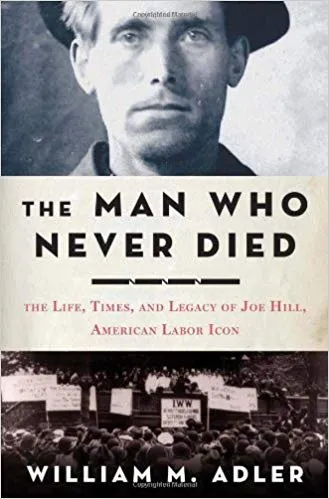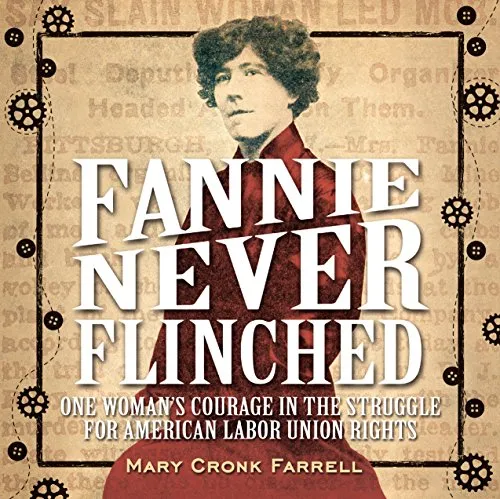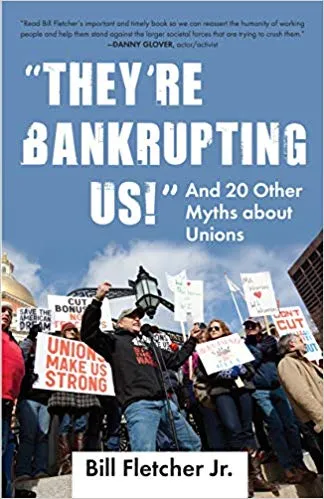
Don’t Mourn, Organize: A Labor Reading List
This content contains affiliate links. When you buy through these links, we may earn an affiliate commission.
Labor Day was last week, marked by end-of-summer rituals and politicians in the annual Labor Day parades. With the 2018 election season now underway, politicians and the rest of us are taking note of whom labor will be supporting. And in such a volatile political season, Book Rioters need to be prepared to differentiate historical fact from the “alternative facts” offered by partisan politicians.
To understand how the American workforce has arrived at this point in time, the nine books listed below provide a history of the U.S. labor movement, portraits of individual labor icons, and some poetry to ease the soul. Most of the books revolve around a single theme: for the labor movement to strengthen its political clout, the direction of the labor movement needs to be led by people of color and women.
“Don’t Mourn, Organize!” shouted internationally-acclaimed labor activist and the troubadour of dissent, Joe Hill, to the firing squad as they were preparing to execute him at the Salt Lake City penitentiary. That legendary phrase, defiantly shouted by Joe Hill over one hundred years ago, has inspired labor and social justice movements throughout the world that have resulted in significant social and economic change (making Joe Hill more dangerous dead than alive). William Adler chronicles Joe Hill’s life as an immigrant in America, Hill’s prodigious songwriting, and his organizing of the Utah mine workers that made him a target of the government and business classes. Adler uses the newly available archival material to make his book the first investigative biography of Joe Hill.
This is the first book, geared toward high school students and adults, written about this extraordinary labor leader. Sellins worked for a St. Louis, Missouri garment factory to support her four children after her husband’s death. She then organized her fellow garment workers into the International Ladies’ Garment Workers. Her competence as an organizer and negotiator brought her to the attention of the Van Bitner, President of District 5, United Mine Workers America. After organizing miners in West Virginia, Sellins was then assigned to a bitter strike in Pennsylvania, at the Allegheny Coal and Coke Company. On August 26, 1919, while coming to the aid of striker Joseph Starzelski, Sellins was shot four times in the back and then bludgeoned in her face. Extensively researched and annotated.
A brilliant poetry collection by the preeminent American poet Martin Espada. Espada, of Latino descent, writes of his father, a political organizer who was jailed in the 1960s in Mississippi for refusing to go to the back of the bus. Espada bears witness to an Irish town ruined by famine, a town plaza in Mexico welcoming a march by the Zapatistas, and the courtroom where Espada worked as a tenant lawyer. The title poem pays homage to the food service workers who lost their lives on September 11th at the World Trade Center.
An essential source to rebut every unfounded myth about unions. Reclaim the argument for unions with extensive facts, and the studies that support them, presented in this book.
This brilliant book on one of labor’s most significant strikes that happened in Lawrence, Massachusetts, in 1912, almost reads like a novel. Journalist Bruce Watson skillfully brings to vivid life this strike of 23,000 textile workers, most of them immigrant women, who walked away during one of the coldest New England winters and stayed away until they won better wages and working conditions. Several decades later, this textile strike became known as “The Bread and Roses” strike in deference to the strikers’ resolve to gain lives of dignity and respect.












